F 2.0
Elastic one-component polyurethane foam for the assembly of window frames in wood, pvc or aluminium. It guarantees rapidity and cleaning during installation. Adheres to most porous and non-porous supports.
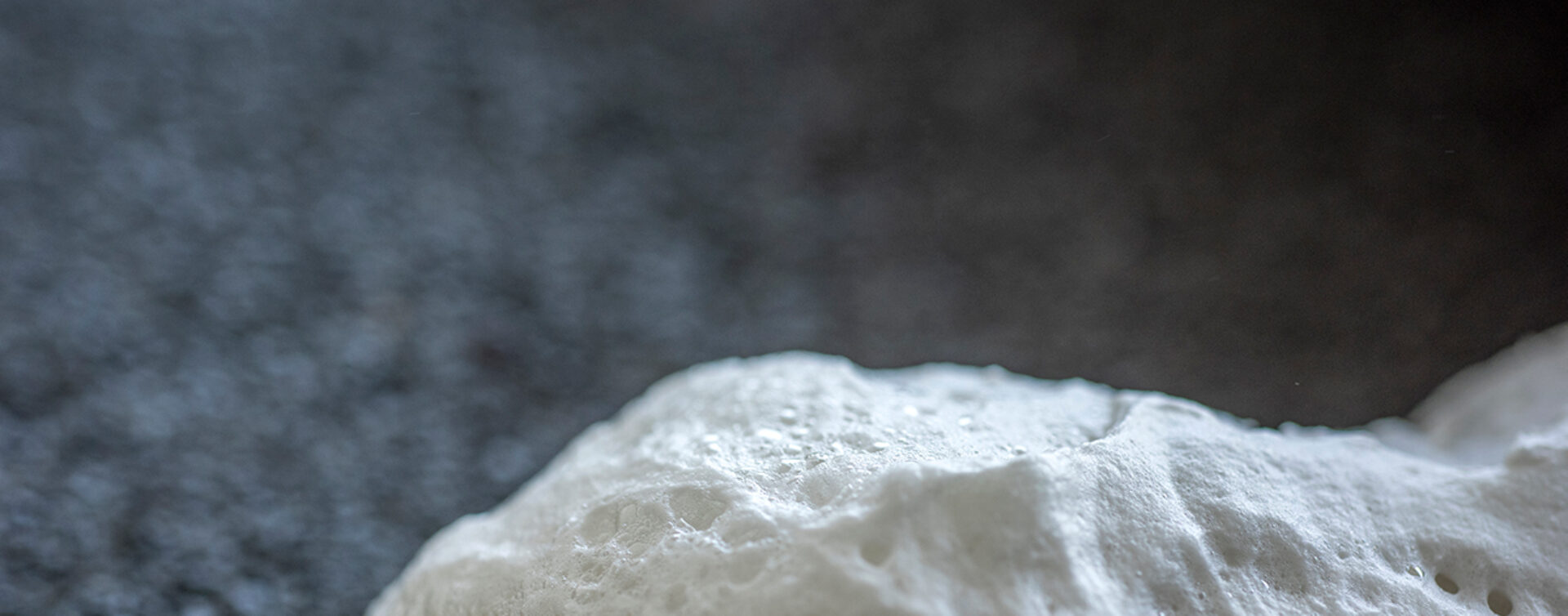
Elastic one-component polyurethane foam for the assembly of window frames in wood, pvc or aluminium. It guarantees rapidity and cleaning during installation. Adheres to most porous and non-porous supports.
Application areas
Discover more
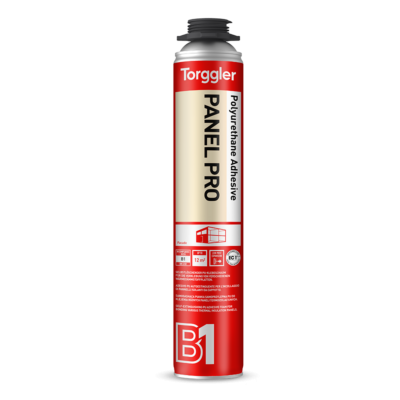
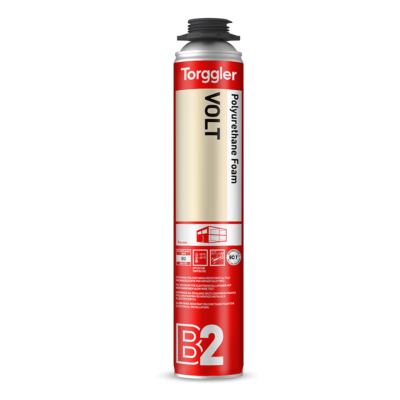
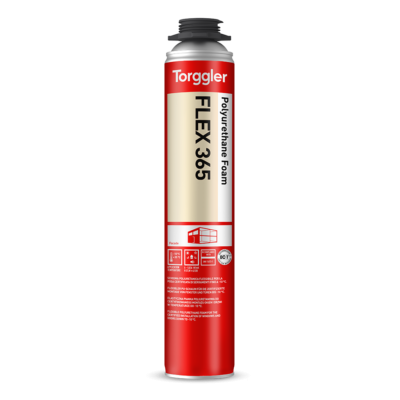
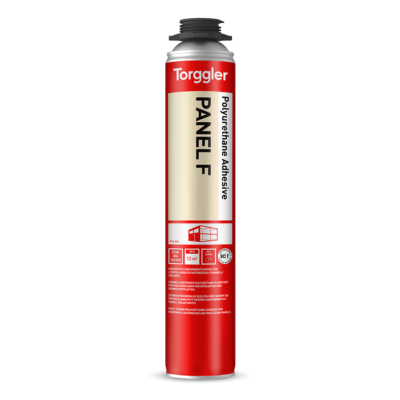
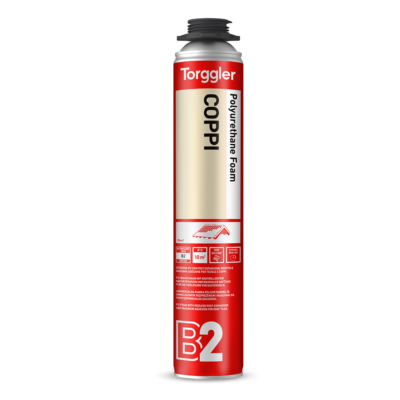
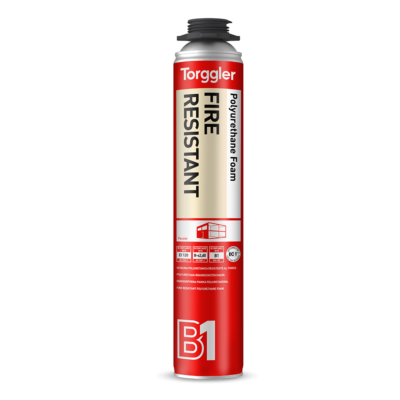
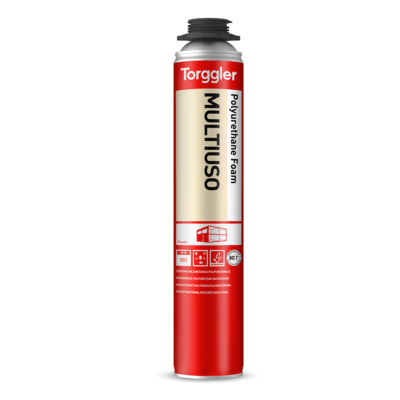
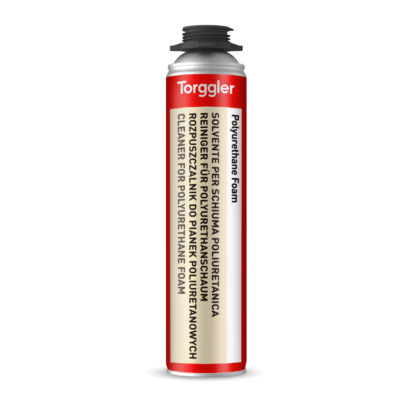
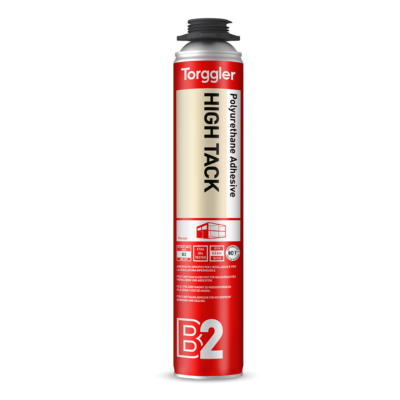
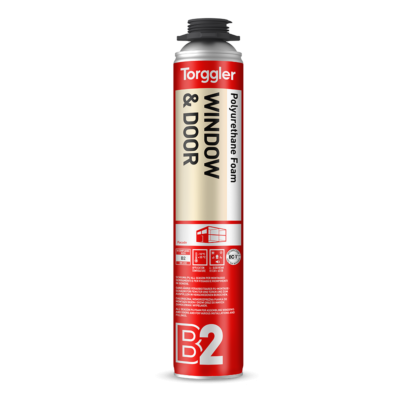
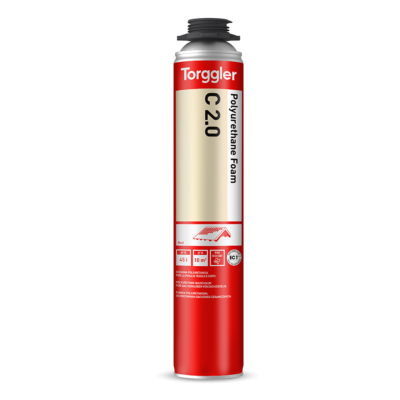
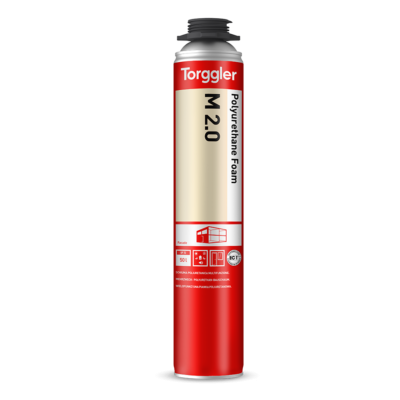
The hardening takes place by reaction with the humidity of the atmosphere and the substrates. Once hardened, thanks to its flexibility, it absorbs vibrations and small movements of the structure, compensates the thermal expansion of the supports, avoids heat dispersion, water infiltration and guarantees thermal-acoustic insulation to the laying joints of doors and windows. If protected from UV rays, it maintains the characteristics and performance even at extreme temperatures.
The sides of the joint must be solid, clean, degreased and consistent. To improve adhesion and obtain a uniform and homogeneous foam structure, slightly moisten the substrates. Screw the gun to the ring nut and shake vigorously for a long time to obtain a good mixing of the components. For faster extrusion, shake the can even during the laying intervals. Turn the cylinder upside down and fill the cavities by half volume: the post-expansion will fill the remaining vacuum. In case of low ambient humidity, or to increase the curing speed of F 2.0, moisten the foam after extrusion. In case of cavities deeper than 4 cm, fill in layers and wait 15-30 minutes between applications and humidify before continuing. After complete hardening, cut the excess and protect from UV rays: F 2.0 can be sanded, plastered and painted.
Store upright, in a dry place, away from low temperatures, heat and direct sunlight. A temperature between +15 and +25 °C is recommended for effective foam extrusion. In the original packaging it is kept for at least 12 months.
The F 2.0 can is a pressure vessel. Protect from sunlight and do not expose to temperatures above 50 °C. Do not pierce or burn even after use. Do not vaporize on flames or on an incandescent body. Extremely flammable: keep away from any source of combustion. Do not smoke. Especially if several cylinders are used in the same place, there is a danger of forming explosive air/gas mixtures. Keep out of reach of children. Contains diphenylmethane-4.4′ -diisocyanate (EEC No. 615- 005-00-9). Use of this product may cause allergic reactions in persons already sensitized to diisocyanates. Persons with asthma, eczema or skin problems should avoid contact, including dermal contact. Use only in a well-ventilated area. Harmful by inhalation: Do not breathe aerosols. In case of insufficient ventilation, use a protective mask with a suitable gas filter (e.g. type A1 according to EN 14387). Irritating to eyes, respiratory system and skin. May cause sensitization by inhalation and skin contact. In case of contact with eyes, wash immediately with plenty of water and seek medical advice. In case of contact with skin, wash immediately with plenty of soap and water. Wear suitable protective clothing and gloves. In case of accident or if you feel unwell, seek medical advice immediately (show the label where possible).
| Color | Code | Application | Packaging | Packaging size | Pallet | Barcode |
|---|---|---|---|---|---|---|
| White | 8046 | Gun application | can | 12x750 ml |
70 cardboards
|
Installing windows and doors, sealing the primary joint (between wall and counterframe) and the secondary joint (between counterframe and window frame) in accordance with UNI 11673-1. Flexible filling of joints of all types and with any orientation, inside and outside, between building elements, in: concrete, masonry, bricks, stone, mortar, plaster, plasterboard, fiber cement, wood, metal, glass, EPS and XPS sheets, plastic materials, etc.. Ceiling cladding in internal partitions and sealing of system crossings in walls or floors, if high flexibility value is required for filling.
| PARAMETER AND TEST METHOD | VALUES |
| Colour | white |
| Application temperature | from +5°C o +35°C |
| Operating temperature | from -40°C to +90°C |
| Cross-linking (at 23 °C and 50% r.h.) (MIT 101) | 6 – 10 minutes |
| Curing time (Ø of 20 mm at 23 °C and 50% r.h.) (MIT 101) | 20 – 40 minutes |
| Density | 20-25 g/l |
| Loss of volume (FEICA TM1004) | <5% |
| Yield in litre | 35-40 litres |
| Thermal conducivity λ (FEICA TM 1020/ EN 12667) | 0,030-0,035 W/(m*K) |
| Joint sound insulation (UNI EN ISO 10140-1) | 63 dB |
| Movement capability (UNI EN ISO 1856) | ≥45% |
| Elongation at break (UNI EN ISO 1798) | >40% |
| Permeability (EN 12114) | a ≤ 0,001 dm3/m.s. (1050 Pa) |
| Water vapour diffusion resistance factor μ (EN 12086) | 36 |
| Fire behaviour (DIN 4102) | B3 |
| Closed cells | ± 70% |
| Water resistance | excellent |
| Resistence to cleaning agents | excellent |
| Chemical resistance | good |
| UV resistance | low |
| Micro-organism resistance | excellent |
Contact our team for personalized support and product guidance.